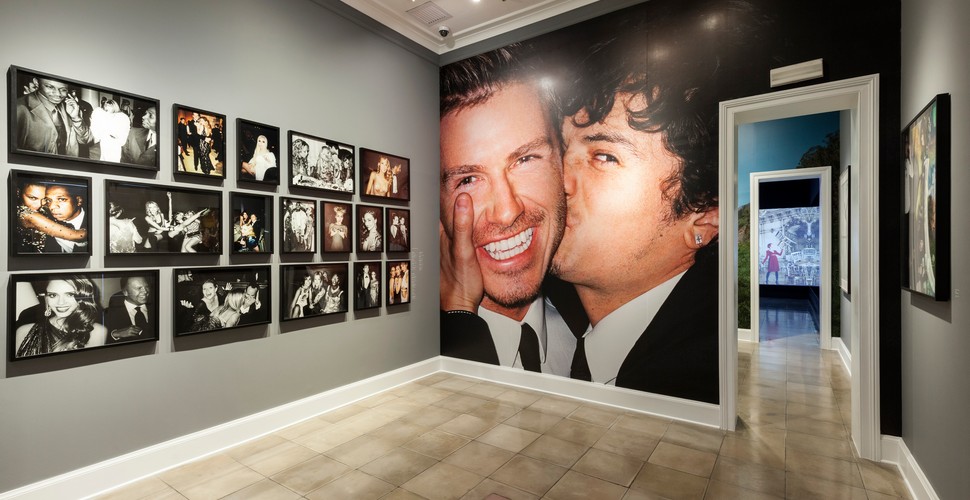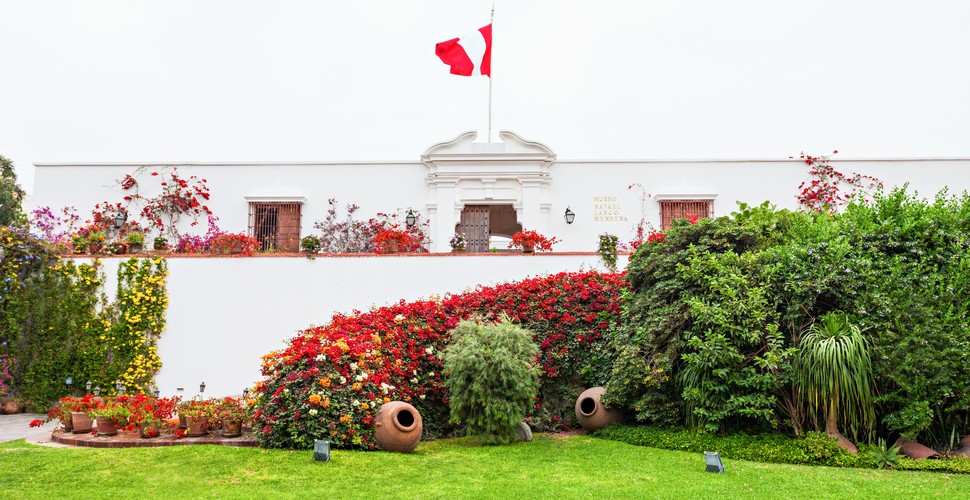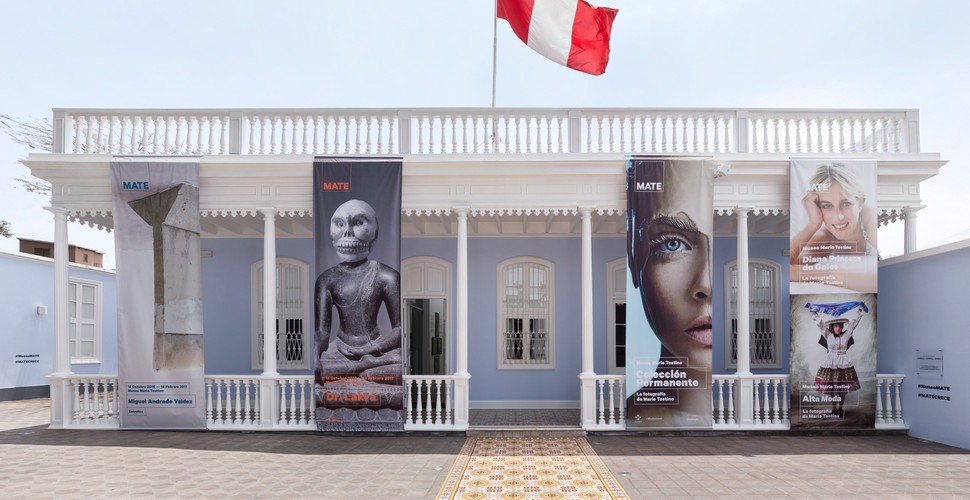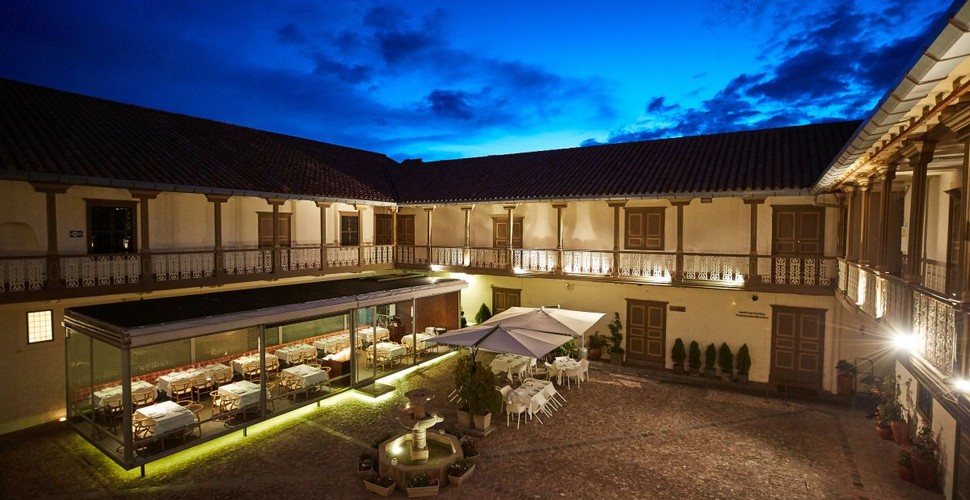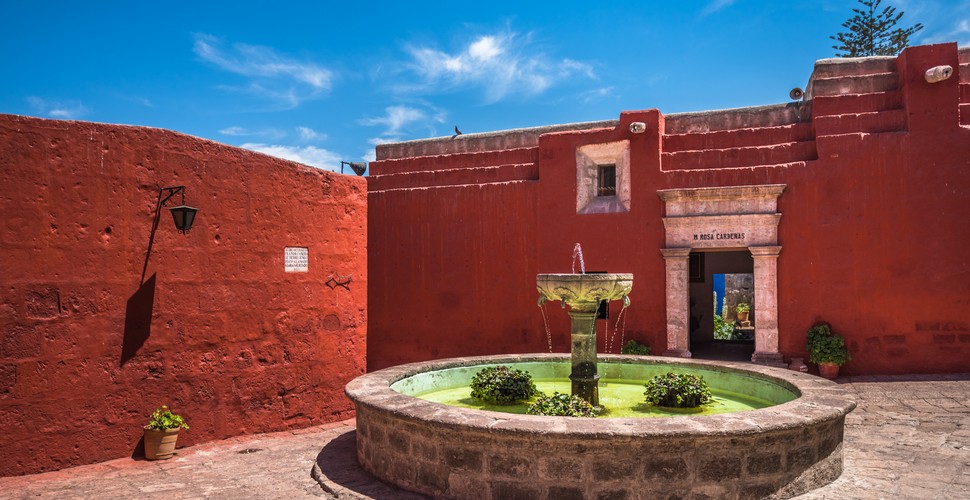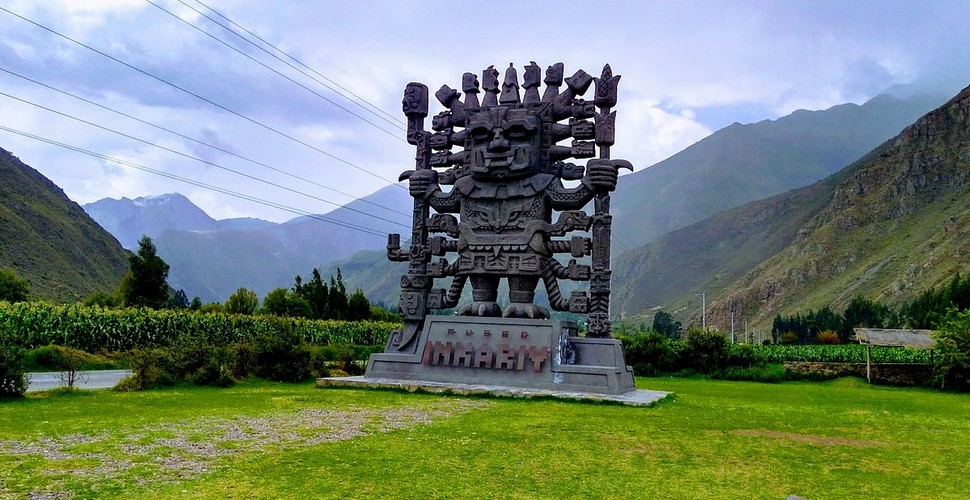

Claire Dean
Travel in South America is a joy to behold. The rich variety of destinations, experiences, landscapes and geography fascinated me so much, that I chose to relocate here, over 20 years ago! The best thing I ever did! Allow me to share my knowledge and passion for Central and South America with you and help you plan your holiday of a lifetime!

The 5 Best Museums in Peru
Written by:Claire Dean
Last Update: 2025-02-01
Peru is a country blessed with impressive geography, rich culture, and intriguing history. While the fantastic landscapes and magnificent mountains are a huge attraction when traveling through Peru, you can visit many excellent museums to learn more about the ancient and recent past and the people who are native to this impressive country. While the capital Lima is a cultural hub and home to some of Peru’s most well-known museums, some museums in other parts of the country are worth visiting if you have the chance. Here are our Top 5 Museums in Peru.
Mario Testino Museum, Lima
Museo Larco, Lima
The Larco Museum is one of the 25 most important museums in the world that offers visitors an unforgettable experience in the capital. The Larco museum has more than 35,000 pieces from Peruvian pre-Hispanic cultures, including an entire gallery devoted to erotic pottery from ancient times. The museum was initially located in northern Peru, and in the 1950s, its founder decided to move to Lima, taking this magnificent collection with him. In addition to the ceramics, metalwork, and textiles that belong to the permanent exhibits, The Larco Museum houses beautiful gardens and an excellent on-site restaurant where you can sample some of Peru’s best cuisine.
Larco Museum
Museo Mario Testino (MATE), Lima
MATE, in Barranco, offers a refreshingly contemporary twist on Peruvian culture. Founded by Mario Testino in 2012, MATE aims to preserve Peru’s influential culture and past while promoting its artistic future. MATE offers a dynamic program of exhibitions, residencies, and events, alongside a permanent display of work by Mario Testino. MATE brings these artworks to a broad audience through guided tours, workshops, and lectures and offers training and resources to an ever-expanding education program. In the heart of Lima's bohemian district, Barranco was historically a popular coastal resort and home to many of Peru’s most prominent intellectuals.
Mario Testino Museum
Museo de Arte Pre-colombiano (MAP), Cusco
Housed in a colonial mansion, a block away from Cusco´s Plaza de Armas, built around an Inca courtyard, this impressive museum hosts approximately 450 intriguing pieces that date from 1250 B.C. to 1532 A.D. Dedicated to the display of archaeological artifacts and examples of pre-Columbian artworks drawn from all regions of Peru. There are ten galleries: Formative, Nasca, Mochica, Huari, Chancay – Chimu, Inca, Wood, Jewelry, Stone &Silver, and Gold. All of the artifacts on display have been carefully selected from the Larco Museum in Lima storage Larco Museum in Lima and displayed in this Cusco Museum for all to appreciate.
Pre-Columbine Art Museum, Cusco
Monasterio de Santa Catalina, Arequipa
Inside the brightly-colored adobe buildings, you’ll find antique furniture, beautiful artworks, and fascinating artifacts that have served various purposes through the centuries. Today, the Santa Catalina Monastery is one of the most important religious buildings in the country and one of the most striking colonial sites in Arequipa. A small group of religious devotees still live at the monastery. Stepping into the Santa Catalina Monastery is like stepping into another world. The monastery was founded in 1579 in honor of Saint Catalina of Siena and was inhabited mainly by Creole and mestizo nuns. It was not until 1964 that the first Spanish nuns arrived. Inside the colorful adobe buildings, you’ll find antique furniture, beautiful artworks, and captivating artifacts that have served various purposes through the centuries.
Santa Catalina Monastery
Museo Inkariy, Sacred Valley
The Inkariy Museum is a project started in 2002 by artists and archaeologists who wanted to share Peru’s unique pre-Colombian cultures with the world. This museum is great for adults and children, as the exhibits include modern language and easy-to-read texts. Moreover, this museum aims to emphasize the diversity of pre-Inca civilizations. The many exhibit halls of this museum in the Sacred Valley of The Incas are devoted to the cultures of Caral, Paracas, Masca, Wari, Lambayeque, Chimú, Chavín, and Moche, as well as the Inca.


